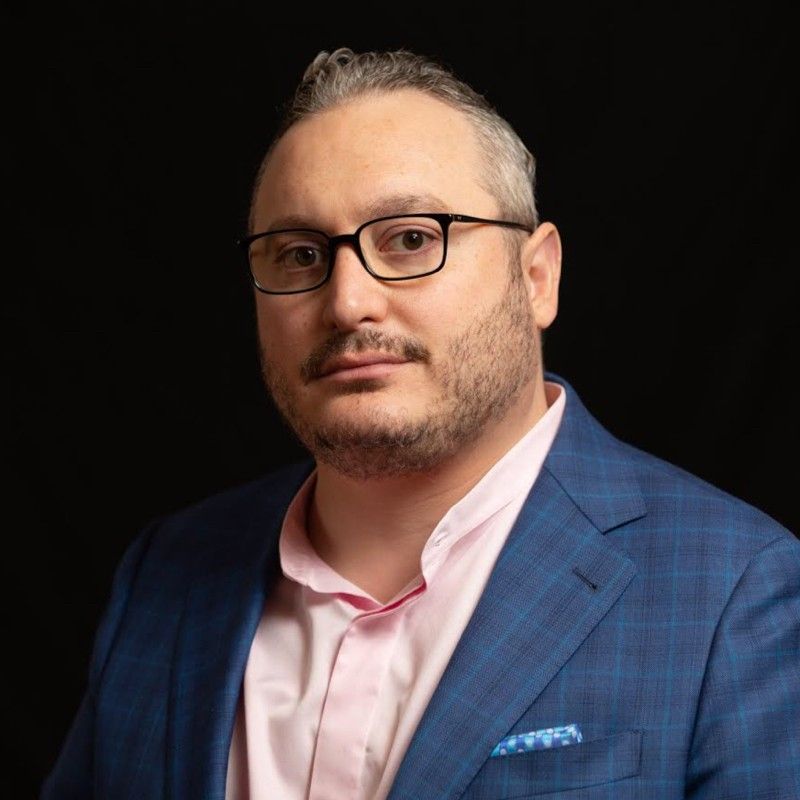Regulating SaMD: Q&A With David Klein, Co-Founder and CEO of Click Therapeutics
Klein discusses how recent FDA draft guidelines will impact the use of SaMD in the life sciences industry.
David Klein
CEO
Click Therapeutics

FDA recently released draft guidelines regarding the use of software as a medical device (SaMD), which determines when the software should be included on the drug’s label. David Klein, CEO of Click Therapeutics, spoke with Pharmaceutical Executive about the impact these guidelines could have on the industry.
Pharmaceutical Executive: What work are you doing with SaMD?
David Klein: We are a science led biotech and tech company developing SaMD to be prescription treatments. That includes prescription digital therapeutics and discovering developing them in a way where they could potentially work independently or in conjunction with pharmacotherapies in order to lead to better clinical and economic outcomes.
PE: The FDA just issued some updated guidelines regarding SaMD, how do you think the industry will react to these guidelines?
Klein: I personally believe these are monumental draft guidelines that will change the face of medicine or help lead to a change in medicine in the United States. I believe it's the guidance is that big. It very clearly states and lays out a pathway that when software as a medical device leads to a clinically meaningful benefit, demonstrated by one or more adequate and well controlled study, that that additional benefit should be included or can be included in the drugs label. That's pretty tremendous.
If you take pharma's view on the world, you've got a lot of these drugs that are out there that are doing billions and dollars of sales. We're exceedingly confident that that our software for example could be used to potentially improve drug labels. That really changes the impact and potential economics of the drug. You could have one drug that you know when you go out with its label to 50 or 100 providers versus competitors’ labels, it might be that half would say that they would prescribe one over the other. With an improvement to the label using software, one drug could potentially be chosen at a rate of 80%. It's a monumental change and I do think once people really understand this guidance and really grasp its impact, pharma CEOs could be asked during quarterly reports and meetings and so on how they will be using SaMD to improve their drug label and what happens if their competitors do it first.
That would that affect the bottom line. I'm not sure how long it'll take but I but I do think that the impact will be tremendous and as we've surmised for a long time, this is a very important step in where I think the industry will ultimately be headed where every big job will have a software component. This is the first piece of very meaningful FDA draft guidance that enables that future.
PE: Do you foresee further regulations coming from the FDA?
Klein: I'm not a regulatory expert and obviously we have regulatory experts at Click, I do think that the agency has generally been pretty progressive when considering their software regulations and understanding of the iterative nature of software, I think that there will be a host of new regulatory guidance. Software moves quickly, especially with the rise of generative AI, so the regulatory agencies will obviously need to make sure that that these programs are safe, so I do expect more guidance in the future as it relates to software and frankly, as it relates to a combination of software and drugs.
PE: The regulation differentiates between companion apps and the actual SaMD. How commonly used our companion apps today compared to SaMD?
Klein: It could be that the death of the non-SaMD companion app, because it's my understanding that it suggests regulating these non-SaMD's as promotiona,l which would put a higher burden on them since the non SaMDs, according to this guidance, can't be used or can't be included in in the drugs label as showing additional benefit.
The guidance specifically says that those companion apps should really only be referenced in marketing materials. That's the that's the big difference.
PE: In terms of the difference between companion apps and SMB is there are you seeing any kind of like Gray area where there's products that could be considered both?
Klein: At Click, all our products are manufactured right under ISO 13485 regulations. It's not a light lift to have medical device software. It's not like you can just wake up one day and decide that an app is now a software as a medical device. There's all kinds of processes, regulations, privacy, and security protocols that are involved in that manufacturing. It won't be an easy call if you pivot for a lot of companies.